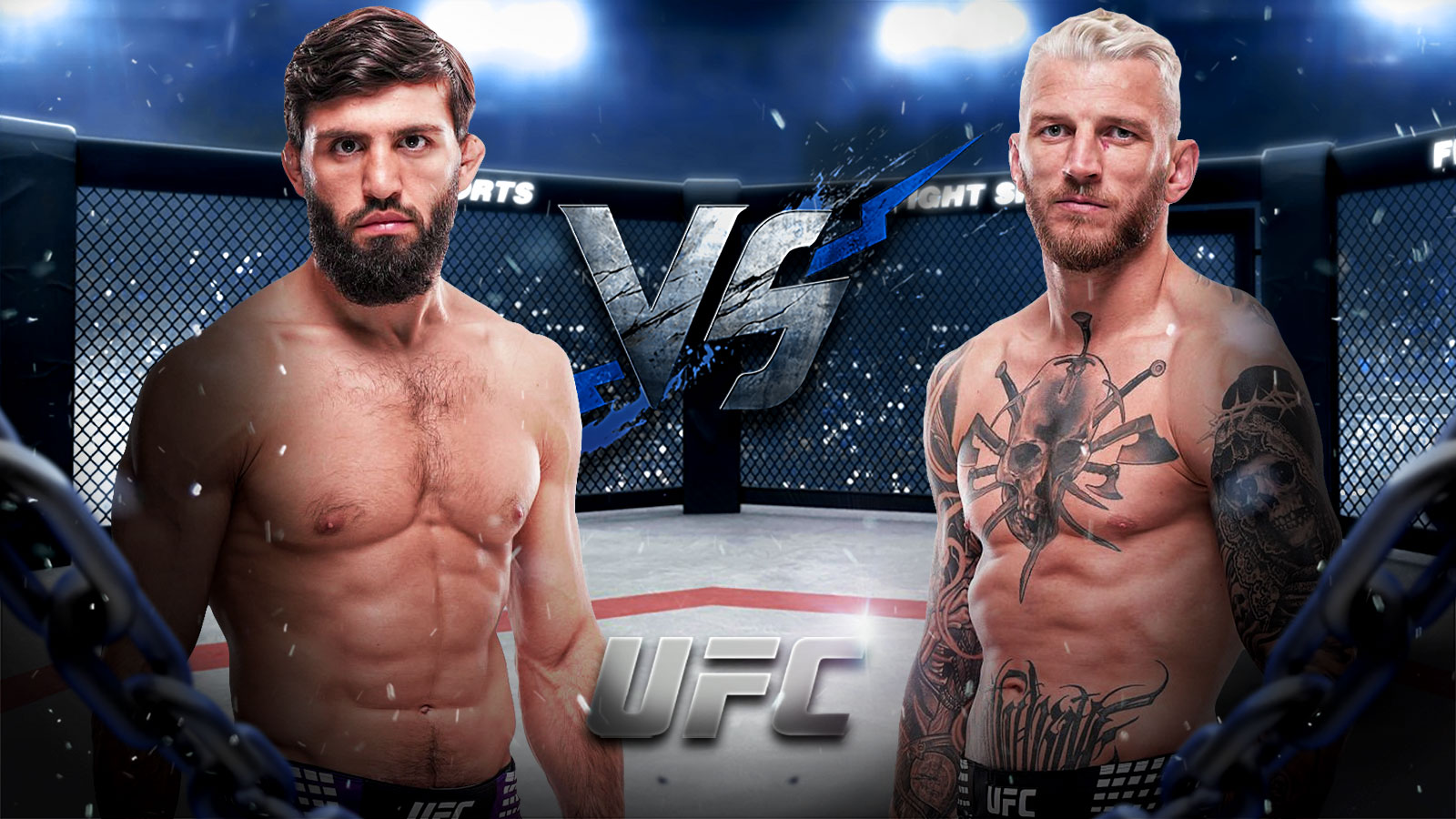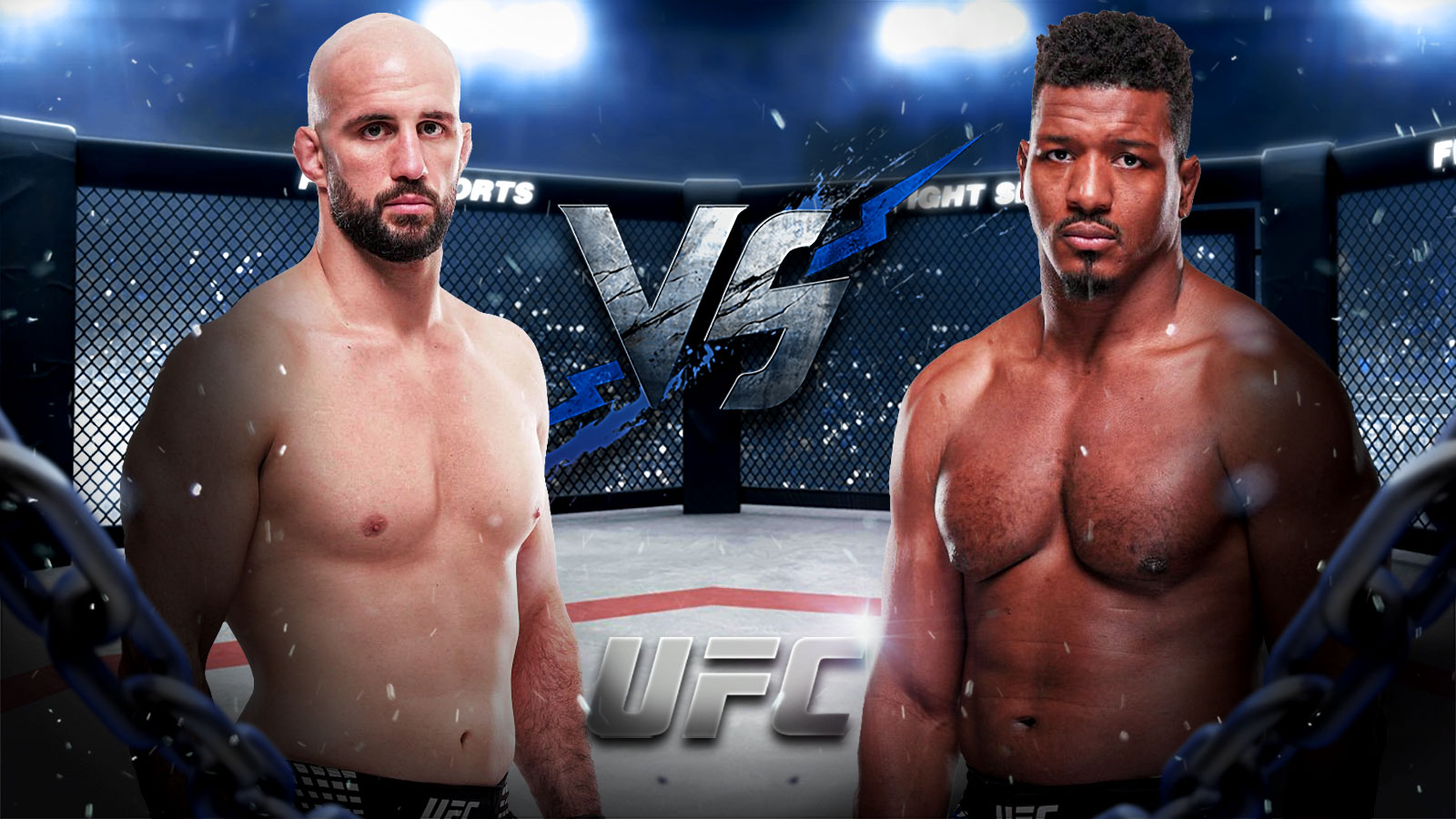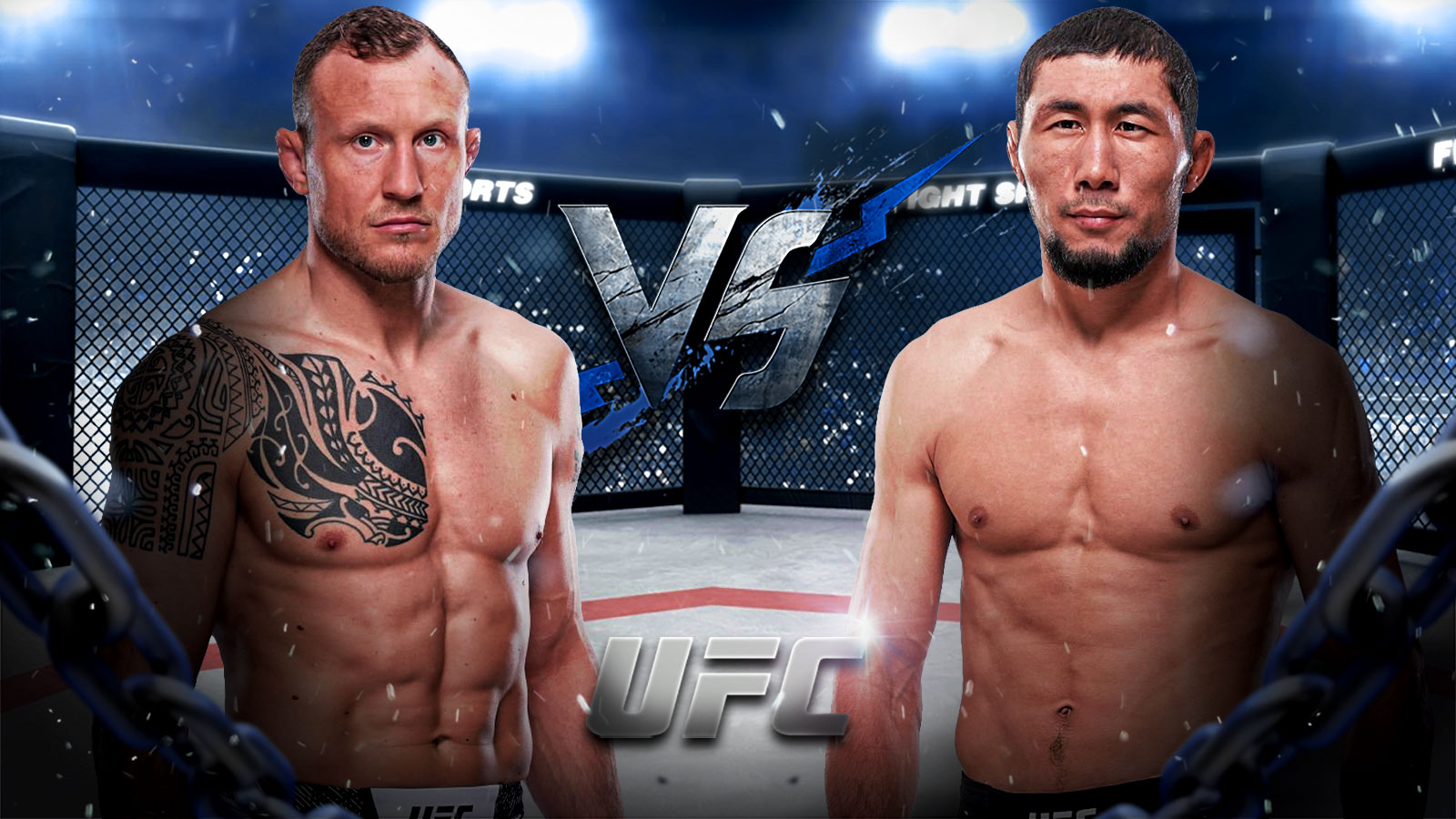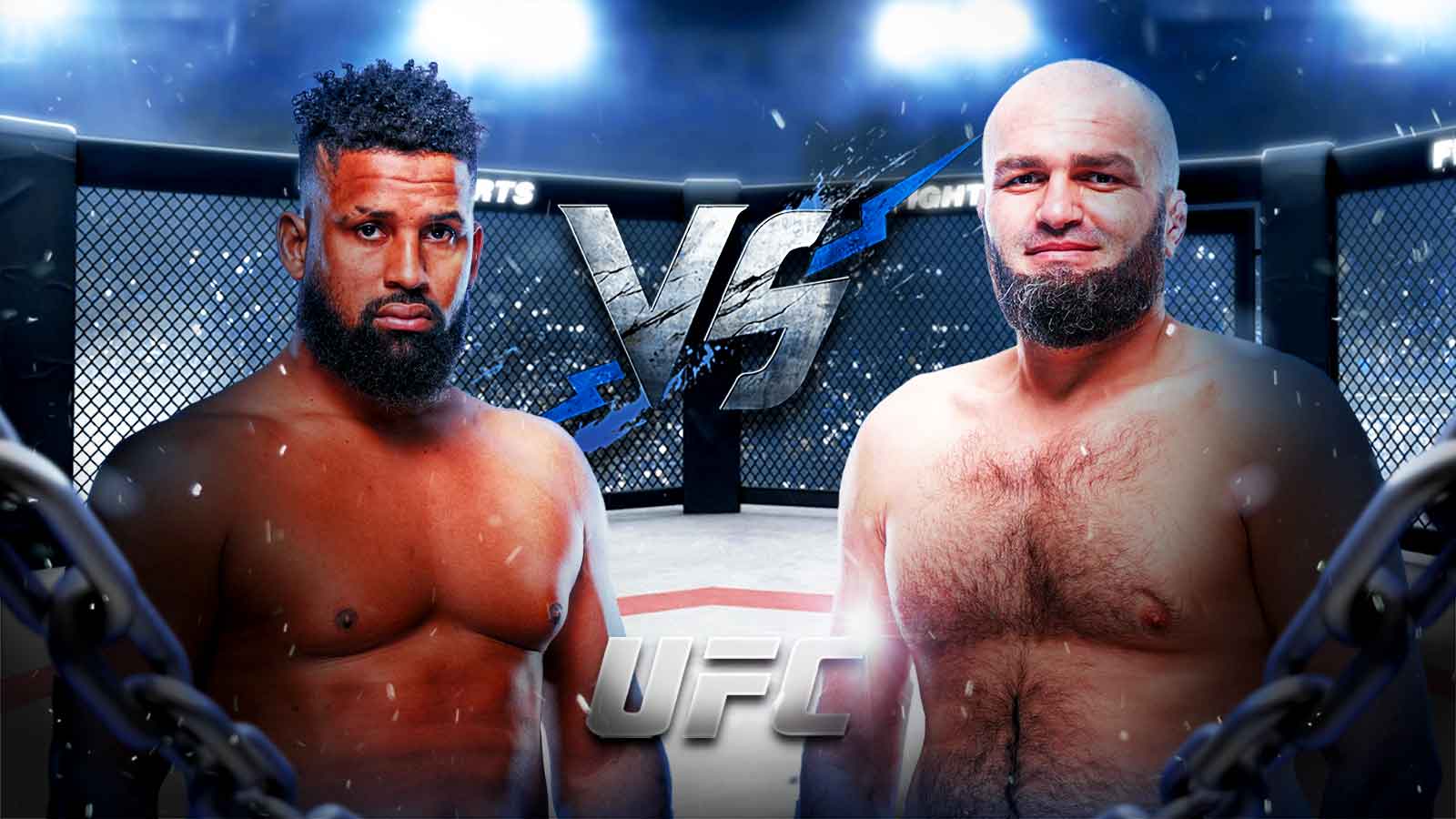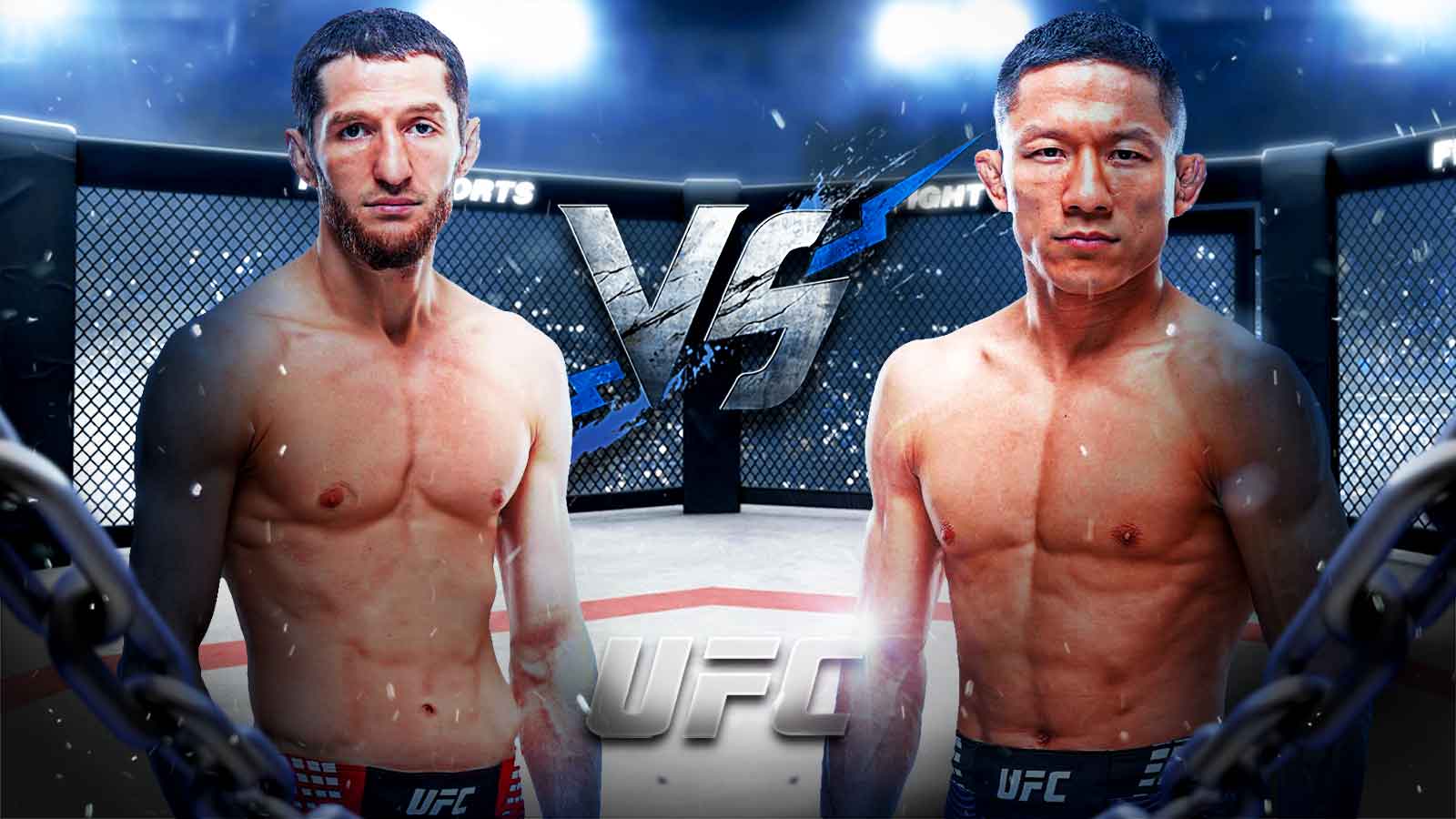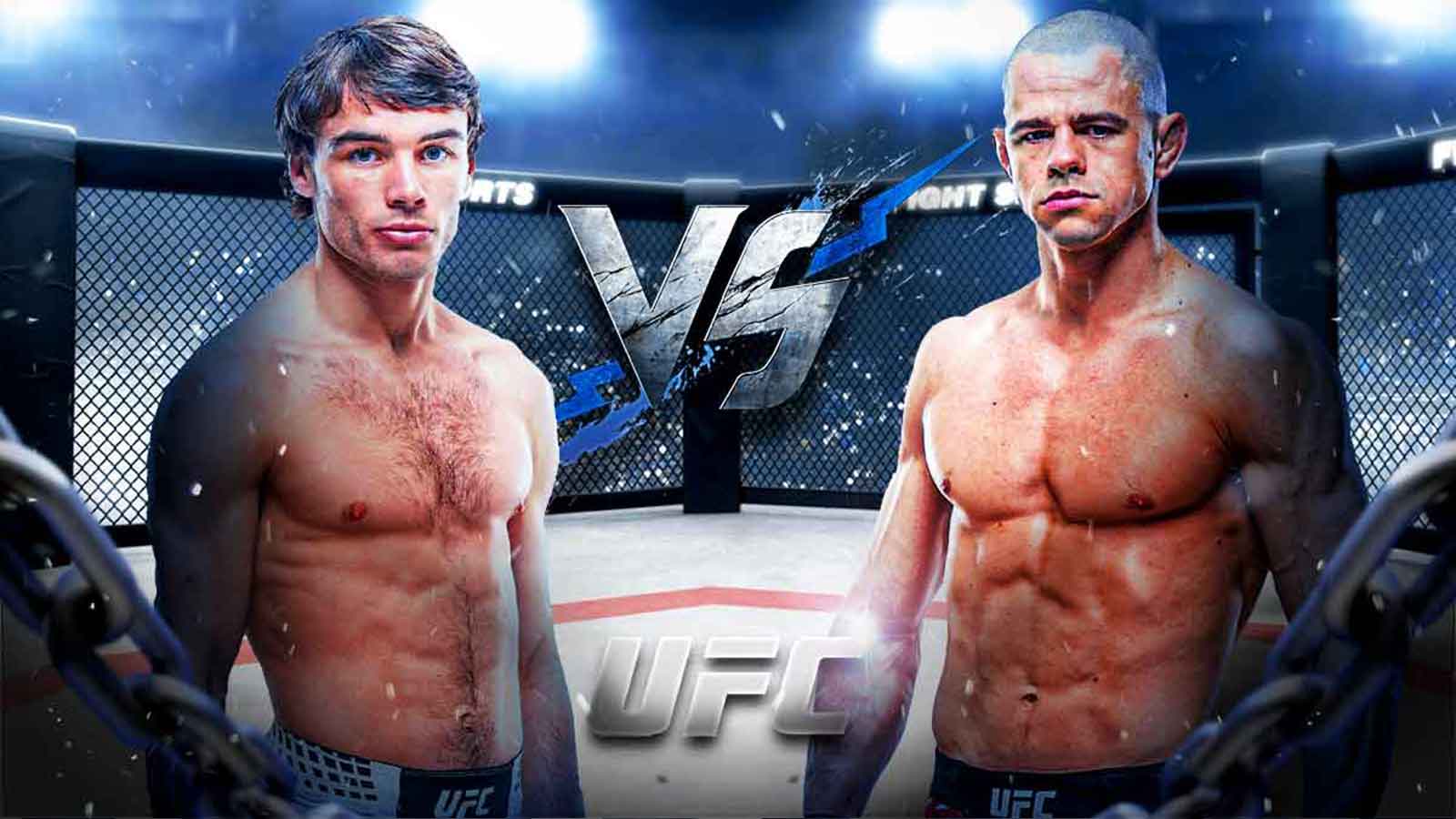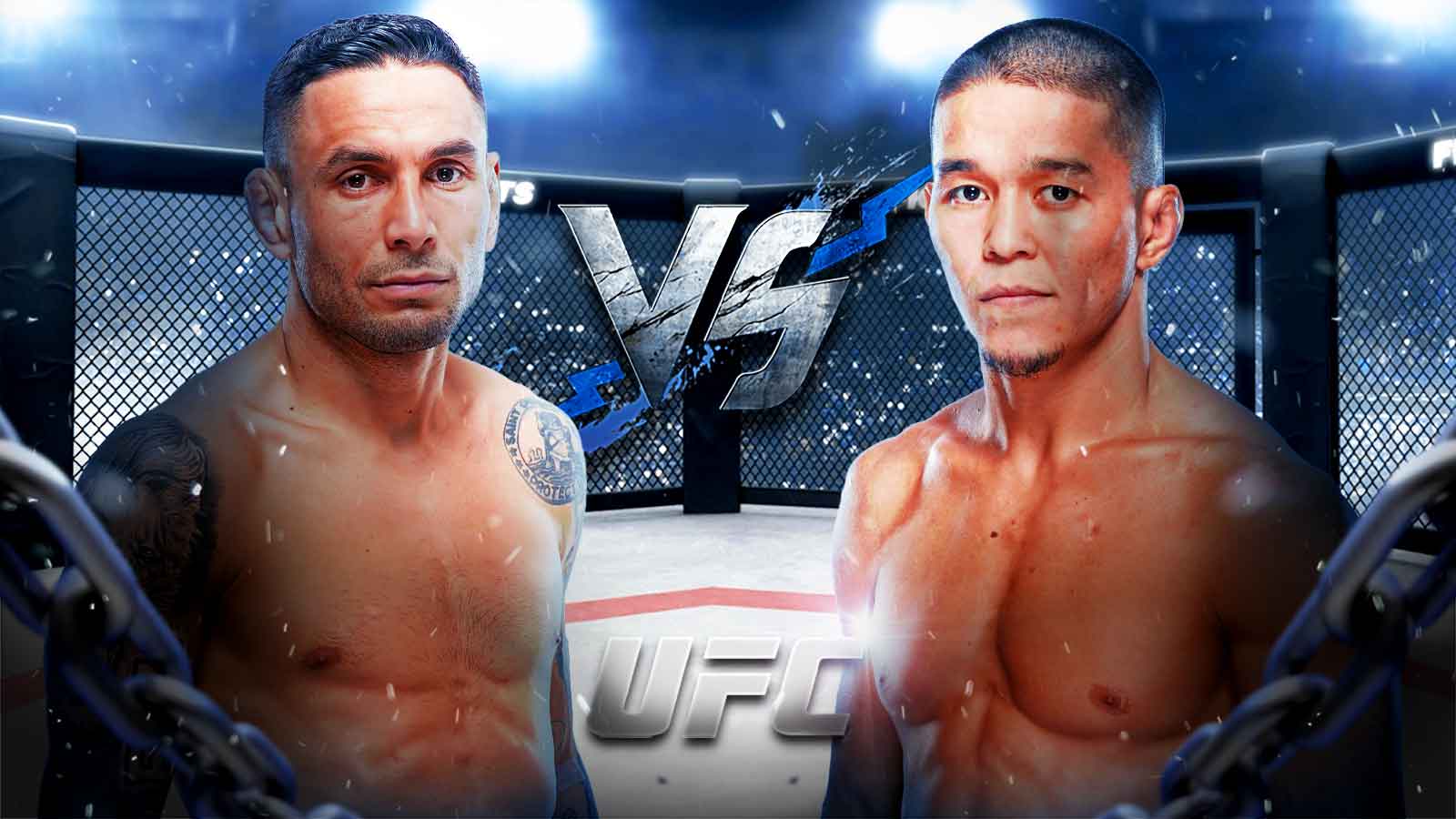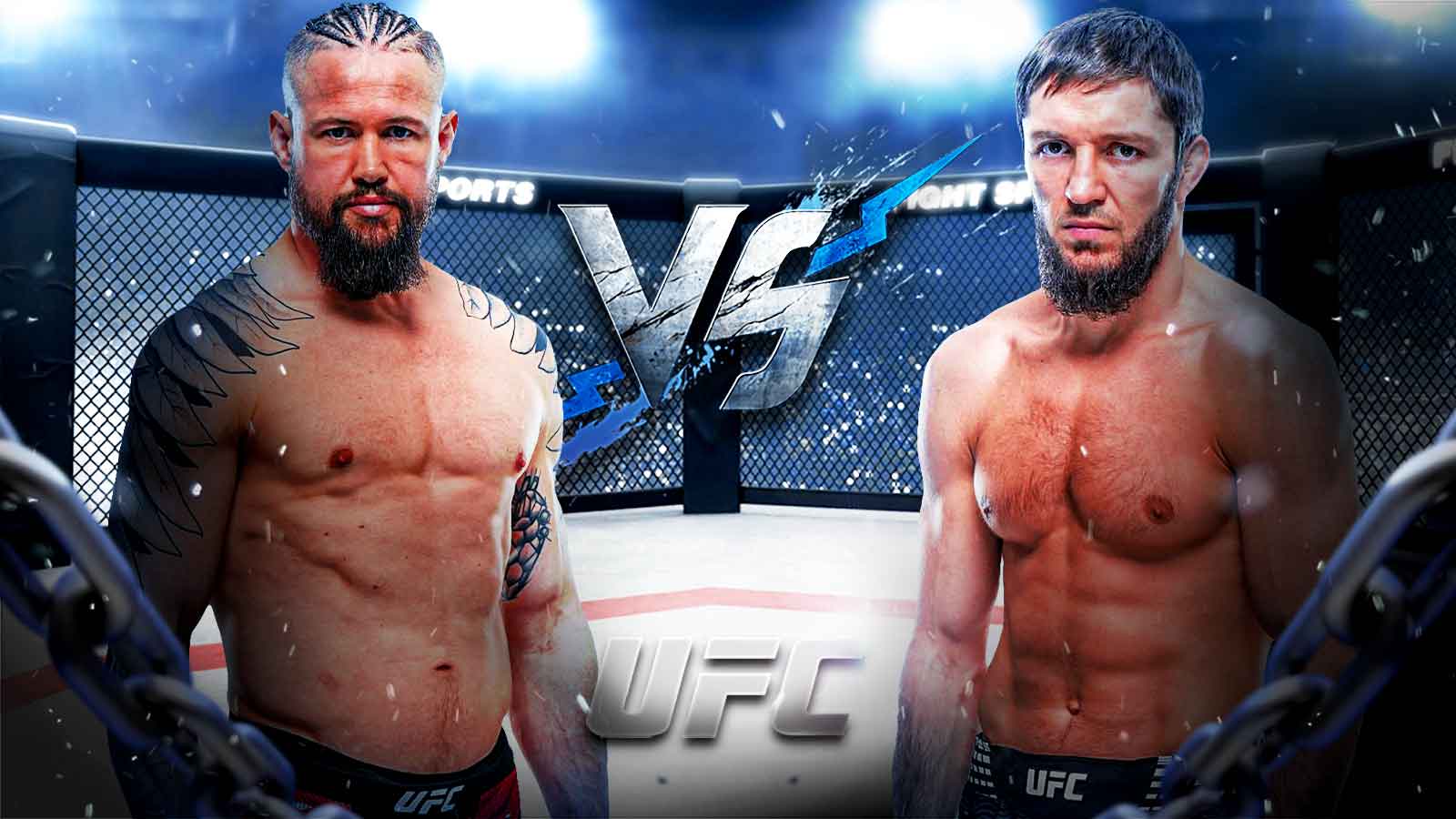Japanese flyweight legend Kyoji Horiguchi has started preparing for a potential return to the UFC, as he is slated to face Dagestani contender Tagir Ulanbekov on November 22 at UFC Qatar. While the contracts have not yet been finalized, sources confirm that Horiguchi has verbally accepted the proposal to meet Ulanbekov in a pivotal matchup with high stakes for the 125-pound division.
EXCLUSIVO: fui informado que Kyoji Horiguchi iniciou preparação para enfrentar Tagir Ulanbekov em 22 de novembro, UFC Catar
Contrato não foi enviado até o momento, mas o japonês aceitou proposta de encarar rival pic.twitter.com/fFUm11IfCw
— Léo Guimaraes (@leoguimaraesmma) September 3, 2025
This prospective clash would mark a monumental return to the Octagon for Horiguchi, who has spent the last several years competing outside the UFC while maintaining his reputation as one of the sharpest flyweights in the sport. Should the bout become official, UFC Qatar will gain a marquee addition to an already prestigious card set to showcase global stars to the Middle Eastern audience.
Return of a Flyweight Pioneer Kyoji Horiguchi
For longtime MMA fans, the potential reappearance of Kyoji Horiguchi in the UFC cage signifies the return of one of the original cornerstones of modern flyweight fighting. The 33-year-old Japanese standout originally competed for the UFC from 2013 to 2016, earning wins over the likes of Ali Bagautinov, Chico Camus, and Jon Delos Reyes before challenging Demetrious Johnson for the flyweight world title. Though Horiguchi fell short in that championship bid, his speed, creativity, and relentless pace cemented him as a fan-favorite talent.
Kyoji Horiguchi🇯🇵 SUB3 Manel Kape🇦🇴
Kyoji Horiguchi🇯🇵 KO2 Shintaro Ishiwatari🇯🇵
12.31.2017 | RIZIN WGP Final pic.twitter.com/KgEtsVVno0
— Forgotten Finishes (@FightsForgotten) March 21, 2025
Following his UFC run, Horiguchi built a remarkable résumé across organizations such as RIZIN and Bellator, where he captured championships and proved himself against elite regional and global competition. His victories over notable names like Darrion Caldwell and Manel Kape highlighted his elite striking, tactical awareness, and adaptability. Even as injuries at times slowed his momentum, Horiguchi constantly reasserted his position among the best flyweights in the world through sheer skill and durability.
Now, with whispers of his return signed to the UFC calendar, there is an undeniable air of excitement among both Japanese fans and the global MMA community. A showdown with Tagir Ulanbekov represents a significant test, placing him immediately against one of the UFC’s fastest-rising contenders rather than easing him back with a warm-up fight.
At age 33, Horiguchi still appears to have the technical sharpness and athleticism necessary to compete with the best. His footwork and karate-based striking remain his calling cards, while his grappling and scrambling abilities provide balance to his game. Facing a Dagestani fighter with strong wrestling roots means Horiguchi will again be tasked with proving that he can neutralize aggressive takedown approaches while still dictating the range with his hands and kicks.
Tagir Ulanbekov’s Window of Opportunity
Across from Horiguchi stands 33-year-old Tagir Ulanbekov (17-2), a calm yet dangerous representative of Dagestan’s new wave of flyweight contenders. Trained under Abdulmanap Nurmagomedov’s system and a longtime teammate of Khabib Nurmagomedov and Islam Makhachev, Ulanbekov has carved his UFC path with patience and precision. Known for his rangy striking and smothering grappling, Ulanbekov has strung together key wins over fighters such as Nate Maness and Tim Elliott, positioning himself within striking distance of the top ten.
WHAT A FIGHT AT FLYWEIGHT 👏@Ulanbekov_Tagir & Azat Maksum went at it on the #UFCBaku prelims!! 👊
[ LIVE NOW on ESPN ] pic.twitter.com/0vXrm25gn2
— UFC (@ufc) June 21, 2025
While Ulanbekov has yet to receive the full recognition of his Dagestani peers in higher weight classes, this potential matchup offers him a career-defining opportunity. A victory over a globally respected veteran like Horiguchi would solidify his legitimacy as a true threat in the flyweight title picture. It would also bring his skill set into the spotlight on an international stage, as UFC Qatar promises significant visibility given the organization’s expansion into the Middle Eastern market.
Stylistically, Ulanbekov presents a formidable challenge for Horiguchi. His length for the division allows him to control striking exchanges at range, and his slick transitions on the mat create problems for opponents who struggle to shake his grip once grounded. He thrives in drawn-out contests where he can methodically wear down opponents and shift the tempo in his favor.
The central question heading into this rumored clash will be whether Horiguchi’s foot speed, experience, and striking fluidity can offset the constant takedown threats and clinch control that Ulanbekov brings. If the Japanese veteran maintains movement and forces Ulanbekov into wild striking exchanges, the tide could swing in his direction. Conversely, if Ulanbekov dictates the grappling sequences and traps Horiguchi along the fence, the younger Dagestani may grind his way to a decisive victory.
Though the bout has yet to be finalized, the fact that Horiguchi has accepted the proposal underlines his hunger to compete again at the UFC level. If paperwork follows as expected, fans can anticipate a stylistically fascinating battle blending Japanese striking artistry with Dagestani grappling excellence on November 22 in Qatar.
Should it materialize, Horiguchi vs. Ulanbekov won’t simply be another flyweight contest—it will be a defining moment for both men, one representing a veteran legend’s return and another’s chance to seize the next step toward contention.










